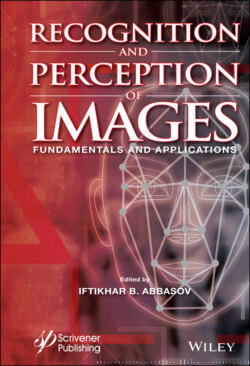Читать книгу Recognition and Perception of Images - Группа авторов - Страница 46
1.5.5 Illusions of Muller-Lyer, Ponzo, Poggendorf, Zolner
ОглавлениеFigure 1.5.4 presents the well-known geometric illusion of Franz Muller- Lyer (1889). There are many theories to explain this illusion, the hallmarks of a stimulus are the tips of linear segments, which are directed in different directions. The upper segment seems to be longer than the lower one, although they are physically identical.
Figure 1.5.4 The illusion of Muller-Lyer.
Figure 1.5.5 shows the illusion of Ponzo; the horizontal segments are the same in length, but against the background of the perspective lines, the distant segment appears several times longer.
Figure 1.5.6 shows the illusion of Poggendorf and Zolner. Zolner’s illusion is that long parallel lines intersected by short diagonal lines seem to diverge. Poggendorf’s illusion is based on the apparent displacement of diagonal segments intersecting parallel lines.
Figure 1.5.5 Illusion Ponzo.
Figure 1.5.6 Illusion of Poggendorf and Zolner.
